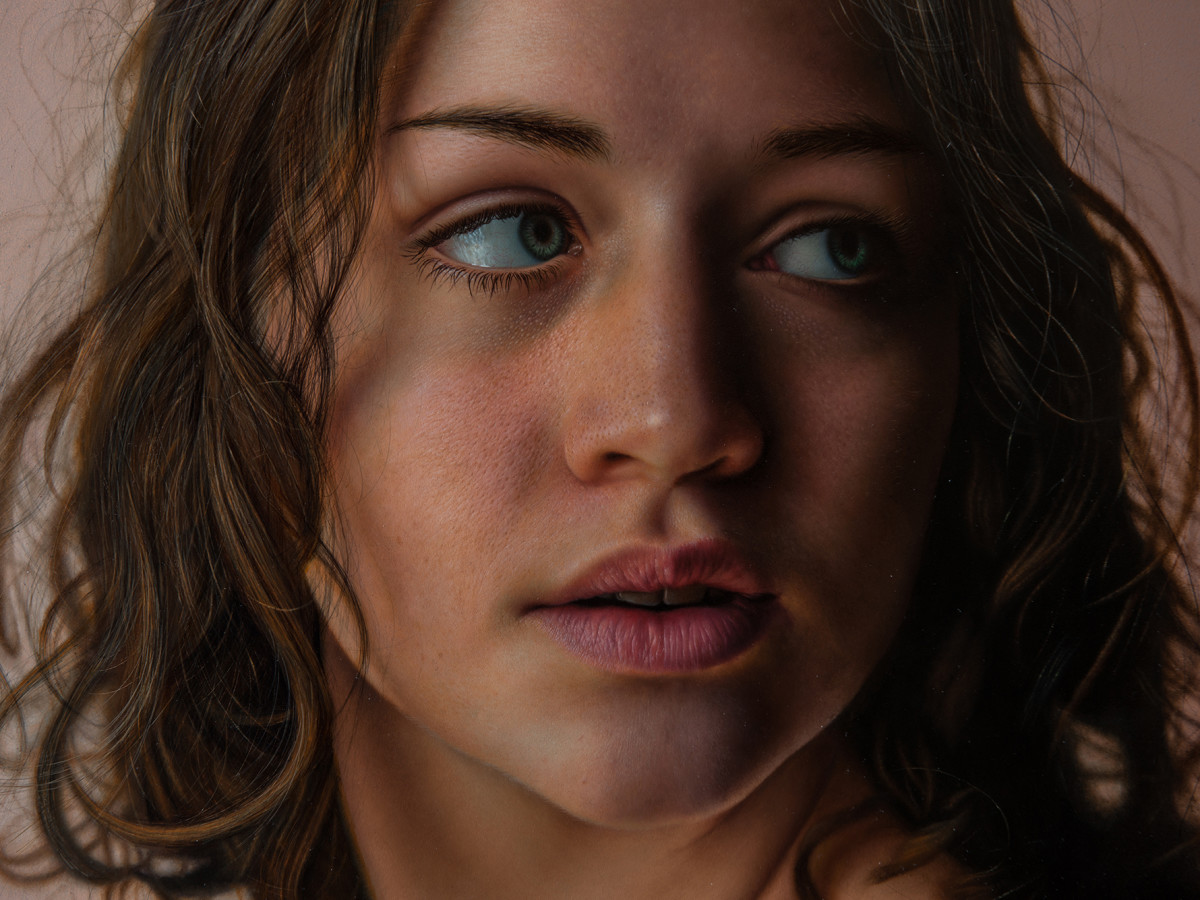Realism Reimagined: The Pulse of Contemporary Art

In recent years, contemporary realist art has undergone a fascinating transformation, breathing new life into the age-old tradition of realism. Artists have begun to explore not only the visual accuracy of their subjects but also emotional depth and conceptual richness. This reimagining of realism invites viewers to engage in a dialogue with the artwork, allowing them to connect on a personal level with the themes being presented.
This shift reflects broader societal changes and the diverse experiences of modern life. As contemporary artists grapple with complex narratives ranging from identity and politics to technology and the human condition, their work serves as both a mirror and a lens through which the world is interpreted. The pulse of contemporary art beats stronger than ever, as these realists challenge our perceptions and invite us to witness the beauty and intricacies of everyday existence.
Defining Contemporary Realism
Contemporary realism is an art movement that seeks to reflect the complexities of modern life through a realistic lens. It encompasses a diverse range of styles and techniques that prioritize accuracy in representation while also engaging with contemporary themes and social issues. Unlike traditional realism, which often focused on idealized subjects, contemporary realist artists delve into the everyday and the ordinary, presenting unembellished facets of the human experience. This shift allows them to explore deeper narratives and connections that resonate with today's audiences.
In today's context, contemporary realism often intertwines with other movements and styles. Artists may employ techniques that blend realism with abstraction, expressionism, or even surrealism, creating a unique visual language that speaks to the contradictions of modern existence. This hybrid approach enables artists to challenge viewers' perceptions and invite them to reevaluate their relationship with reality. The subject matter can range from portraits and landscapes to urban scenes and social commentary, illustrating the multifaceted nature of the world we inhabit.

Moreover, the evolution of contemporary realism is being shaped by technology and global perspectives. Many art ists utilize digital tools, photography, and mixed media to enrich their work, expanding the boundaries of realistic representation. The accessibility of art through social media platforms allows for a more diverse range of voices and influences, which in turn shapes the narrative of contemporary realism. This ongoing dialogue among artists, audiences, and cultural contexts ensures that contemporary realism remains a dynamic and relevant form of artistic expression.
Key Artists and Movements
Contemporary realist art has seen a resurgence through the works of numerous influential artists who have redefined the boundaries of realism. One such artist is Richard Estes, known for his photorealistic urban landscapes and reflective surfaces. His meticulous attention to detail captures the essence of urban life, transforming mundane scenes into captivating visual narratives. Estes has been pivotal in establishing the photorealism movement, inspiring a generation of artists to explore realism through the lens of modernity.
Another significant figure in contemporary realism is Chuck Close, who specializes in large-scale portraits created using a unique grid technique. Close's approach breaks down the complexity of human features into a series of distinct shapes and colors, allowing viewers to appreciate the intricacy of each piece at various distances. His work challenges traditional notions of portraiture by emphasizing the process of creation and the interplay between abstraction and representation, making him a central figure in modern art discussions.
The contemporary art scene is also enriched by movements such as the New Leipzig School, which has garnered international attention for its blend of realism and expressive technique. Artists such as Neo Rauh and Anna K.E. draw from historical painting styles while infusing contemporary themes and personal narratives into their work. This movement emphasizes the importance of storytelling and emotional depth in realism, showcasing how contemporary artists navigate personal and societal issues through a realist lens, ultimately redefining what realism means in today's art world.
Impact on Society and Culture
Contemporary realist art serves as a mirror reflecting the complexities of modern life. It provokes engagement with societal issues, allowing artists to explore themes such as identity, politics, and environmental concerns through their work. This genre opens avenues for dialogue by depicting the lived experiences and struggles of diverse communities. As viewers encounter these artworks, they are often prompted to consider their own perspectives and the narratives that shape their reality.
Moreover, this art form influences cultural perceptions by challenging idealized representations that have traditionally dominated the art world. Through the lens of realism, artists can offer more authentic portrayals of individuals and communities. This shift fosters greater empathy and understanding among audiences, encouraging them to confront difficult truths about society while celebrating the beauty of everyday life and its intricacies. In essence, contemporary realist art becomes a vehicle for cultural commentary and social reflection.
As a result, the impact of contemporary realist art extends beyond aesthetics, igniting movements and inspiring activism. Artists often collaborate with social organizations, using their platforms to advocate for change. This intersection of art and social justice cultivates a collective consciousness that bridges gaps between different cultures and experiences. In doing so, contemporary realist art not only enriches the cultural landscape but also plays a crucial role in shaping societal values and priorities in an ever-evolving world.
